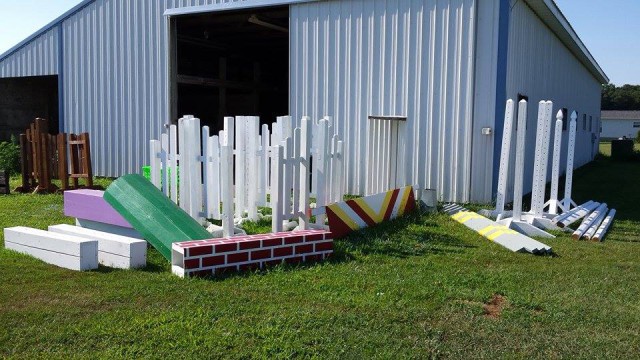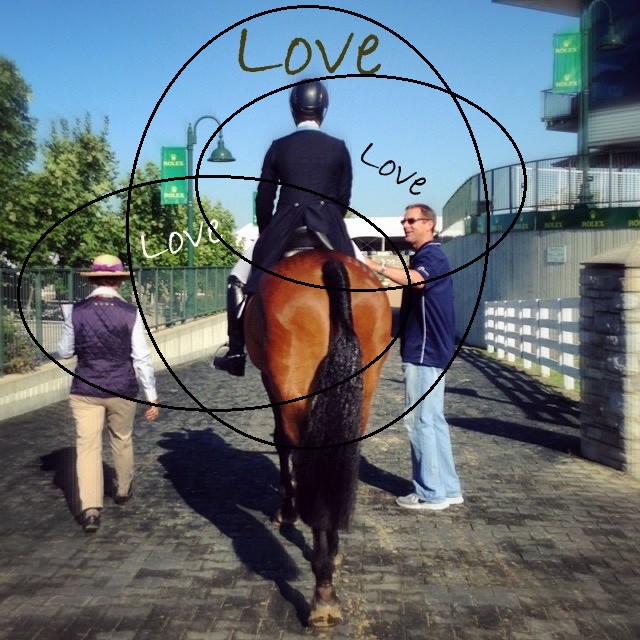There is a time and way of riding that went before us, that often is something we only read about in the old dusty books way up high on the top shelf. Perhaps we’re cleaning and find an old clipping. Or lift a box and find an old ribbon. The way long ago that people rode and loved to compete their horses. Was that way so very long ago that we can’t find anything valuable in the memory?
The whispers of big, rangy hunt horses whose metronomic trots covered frosty ground on hunting mornings. The riders dressed in wool and heavy leather boots, for they knew not what the course would be that day — Mr. Reynard was the only one who knew that. The birds who flittered in the sunlight as the mounted riders passed, the short rays of daylight — there was an urgency to riding well and fast to hounds on cold winter days.
Being fit, having a good solid leg, a heavy stirrup iron, with weight well down in the heels, as well as the strength for a long time out of the saddle in two-point to save your horse’s back over a couple of hours of galloping up and down hill — you had to ride well to enjoy a day’s hunting then and now.
Or the soft and elastic look of the old equitation photos, the working hunters in the old showrings. Study the elbow, the rein contact, the look of the horse, the tightness of the knees and the snap of the hock over the old post and rail fence. Certainly showing provided a way to exhibit fancy horses and well trained riders, but the work was always at home, and the show was a special occasion and not a regular day to day existence.
The old days had eventers, too, the great ones who took horses that could jump and made them into champions. They looked as beautiful in dressage as in cross country, the elegance of the plain black habits and the perfectly groomed horses, without gaudiness or trappings. Just the gleam of the rubbed coat and perfectly fit horse glowing in the middle of the day, no matter where the crowd was or who was watching. The courses were not for those without the solid riding skills needed for going across the country, but to watch a good pair was not frightening when the day was right and the pace correct.
The old silver now sits tarnished in the case. The plain black coat replaced by something with shiny things on the neck and wrists. The gleaming horse has long since retired. The new horses come not from the cold bare Virginia hunt fields, but from the clip and clop of old cobblestone pavement in German, Irish, and French stable yards.
The riders, too, not from the deep old turf of Chester County, but from the sandy loam of riding school rings, and they wear the padding and equipment of space men and not riders. Fading and dusty, the tradition and memories get more distant as time passes. The origins of competitive riding have changed ever slowly and steadily to the sport as we know it today.
There is something to be said for the elegance of the past. Quality is not always flashy or bold. Sometimes it is just a nicely braided mane and brushed out tail.





















































